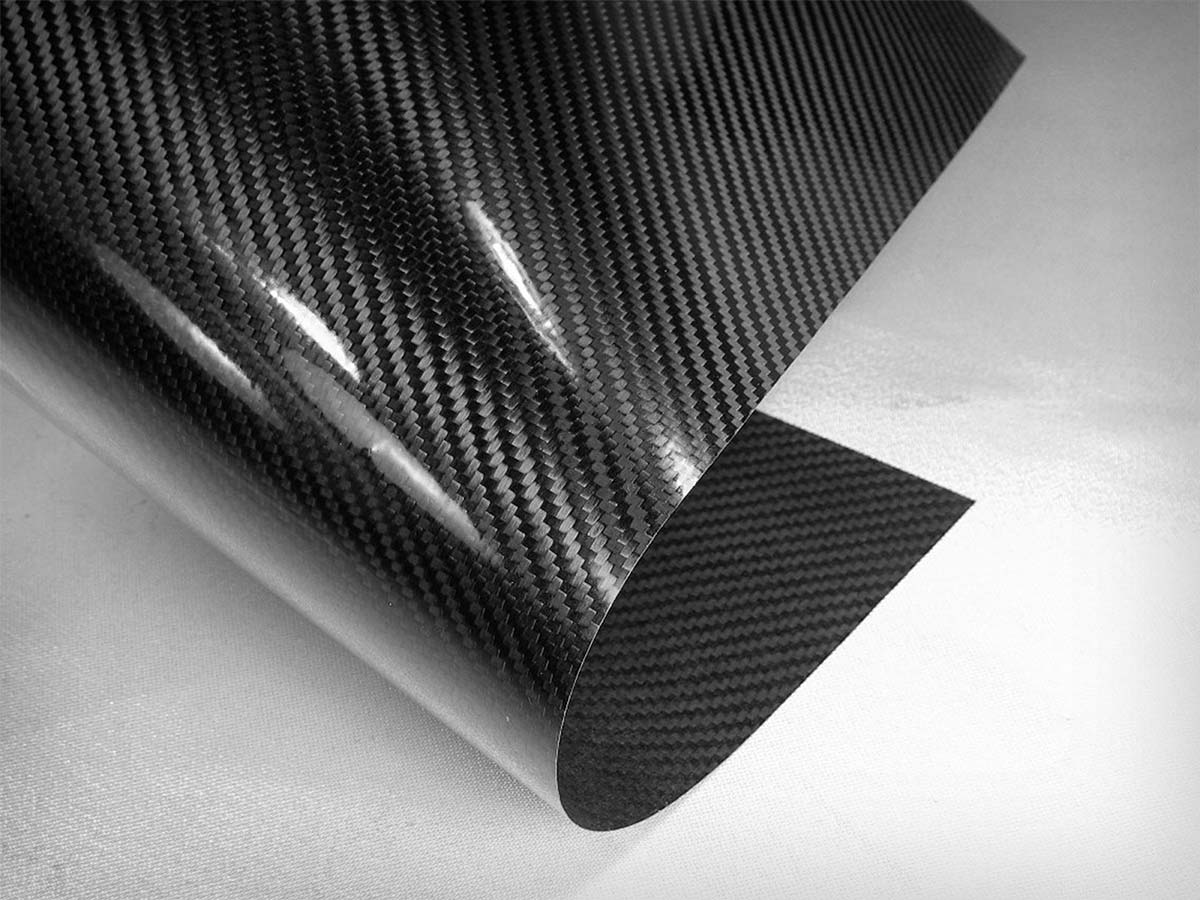DIFFERENCE BETWEEN THE DIFFERENT MATERIALS OF A PADEL RACKET
It could be said that the main materials for the manufacture of a Padel racket are:
The epoxy resin, being responsible for the soldier of the different parts and materials that make up a Padel racket in its molding phase.
The Eva or Foam rubber, these being the main materials that will give a greater or lesser density or hardness to the impact zone of the Padel racket.
The fibers will be those that are in charge of shaping the structure of the Padel racket, affecting your choice of behavior and resistance.
In the same way, the choice of these materials will provide the degree or% of Power and Control in the game of the Padel racket.
Focusing really on the materials that interest us the most and will affect the behavior of the game in a Padel racket we have:
EVA OR FOAM
The choice of these materials will be essential to achieve a racket with more or less control in the game. Foam was widely used at the beginning of the creation of the Padel rackets that we know today, which provided an extra soft touch and therefore great control in Padel rackets. But over time and changing consumer tastes, the use of Eva rubber in its different densities was gaining strength, being a material with greater options for hardness, greater memory and durability.
Currently practically all Padel rackets use a compound or mix of Eva rubbers to achieve the right touch where to find the best balance between control and power in the game.
In the market we can find Gums of different densities, but we can summarize them between Extra Soft, Soft, Medium, Hard and Extra Hard.
Seeing how we have ordered the types of Eva rubber, we will see that the softer the Rubber is, we will obtain more control and therefore a loss of Power. On the contrary, the harder the rubber has, the more Power and less Control we will get.
DIFFERENT TYPES OF FIBERS
In the market you can find numerous types of fiber that brands can use for their Padel rackets or to find a new touch that revolutionizes the market or simply to create marketing of a new product and thus be able to justify its cost. Among these materials we can find fibers of Carbon, Glass, Kevlar, Aluminum, Graphene, Basalt, etc …
But the truth is that today the kings here are still fiberglass and mainly Carbon fiber, which provides an extra touch of control and power to the Padel racket, while increasing its resistance to both wear and temperature changes.
Here the trick is the fusion and mixture of both materials, since the fiberglass provides great resistance to bending, while the Carbon fiber provides the added strength and power that we would not have in a 100% made paddle racket. fiberglass. In the same way, the manufacture integrates 100% carbon without the addition of fiberglass, it would be a too rigid blade, with little control and with many possibilities of breaks in the impact zone or flexion of the Padel racket.

CARBON FIBER
Having clarified this, we will now find the question of what type of Carbon to use or is it better for our Padel racket.
Currently and for a few years we have been able to see how different types of sizes have appeared in the braiding of Carbon fiber fabrics or fabrics, such as 3K, 6K, 12k, 18k and 24k Carbon.
Regarding these types of Carbon fabrics and breaking myths, debunking the marketing arguments of brands to sell a higher quality product, with the consequence of increasing their price. It must be said that the use of one type of fabric or another is more about an aesthetic issue rather than technology. Although brands try to sell it as something technological, the simple reality of trying to argue a higher cost is because in the market there is a difference in price between the different fabrics, the cheapest being 3K and the most expensive being 24k.
This is the reason why all Saior Palas are made of Carbon fiber.
Always thinking of the best for our clients.
JOIN THE COMUNITY
